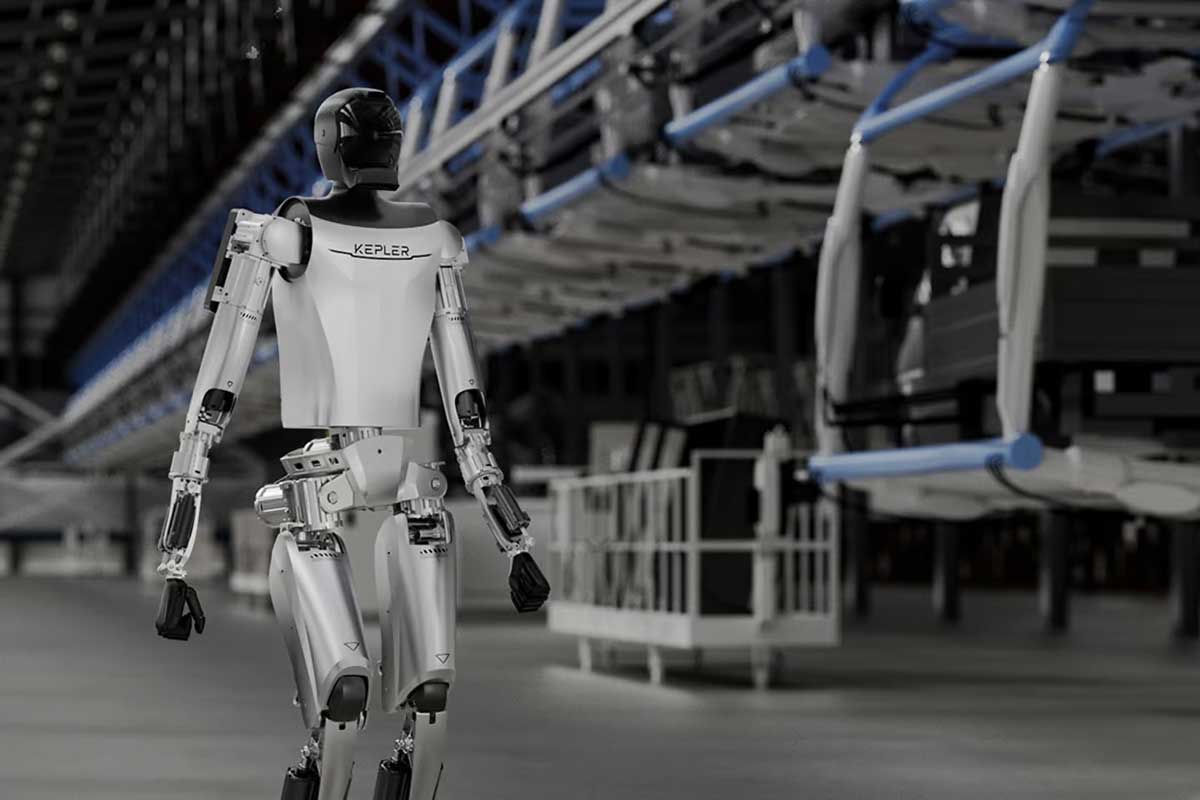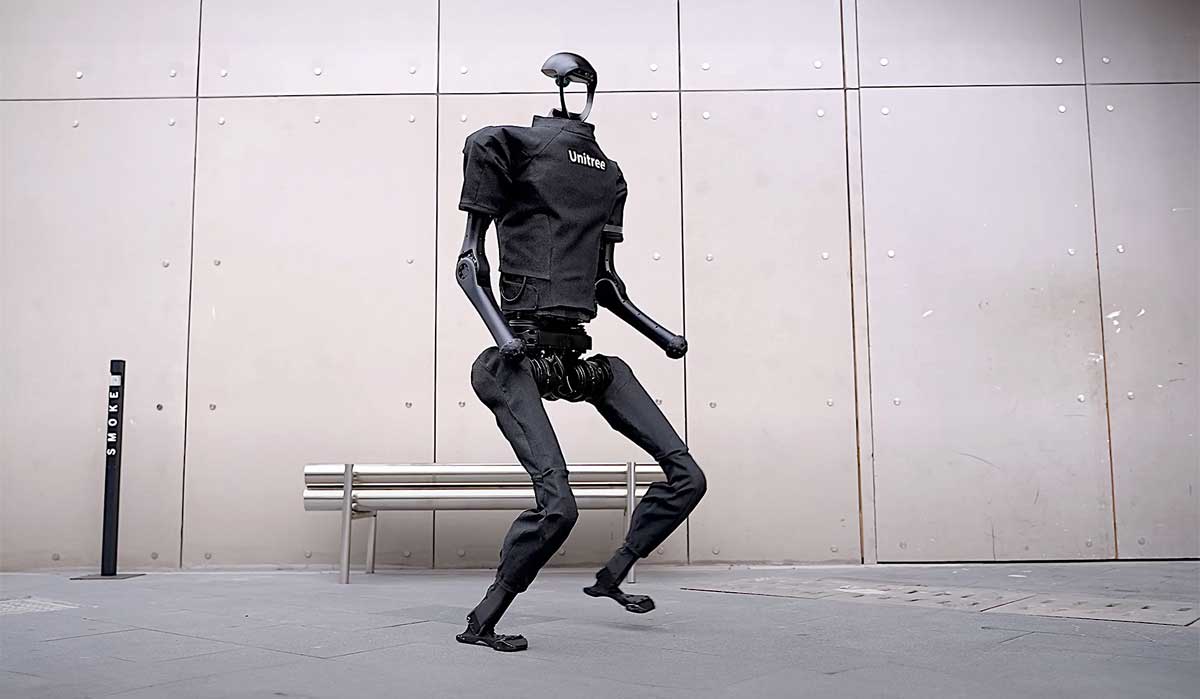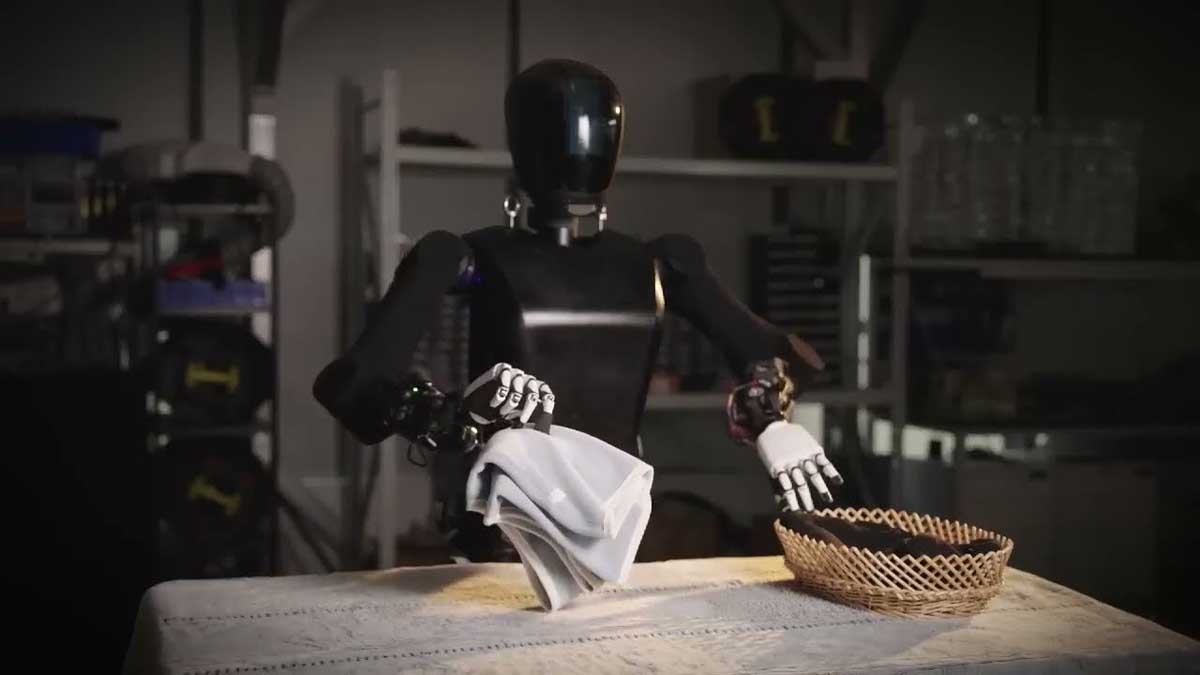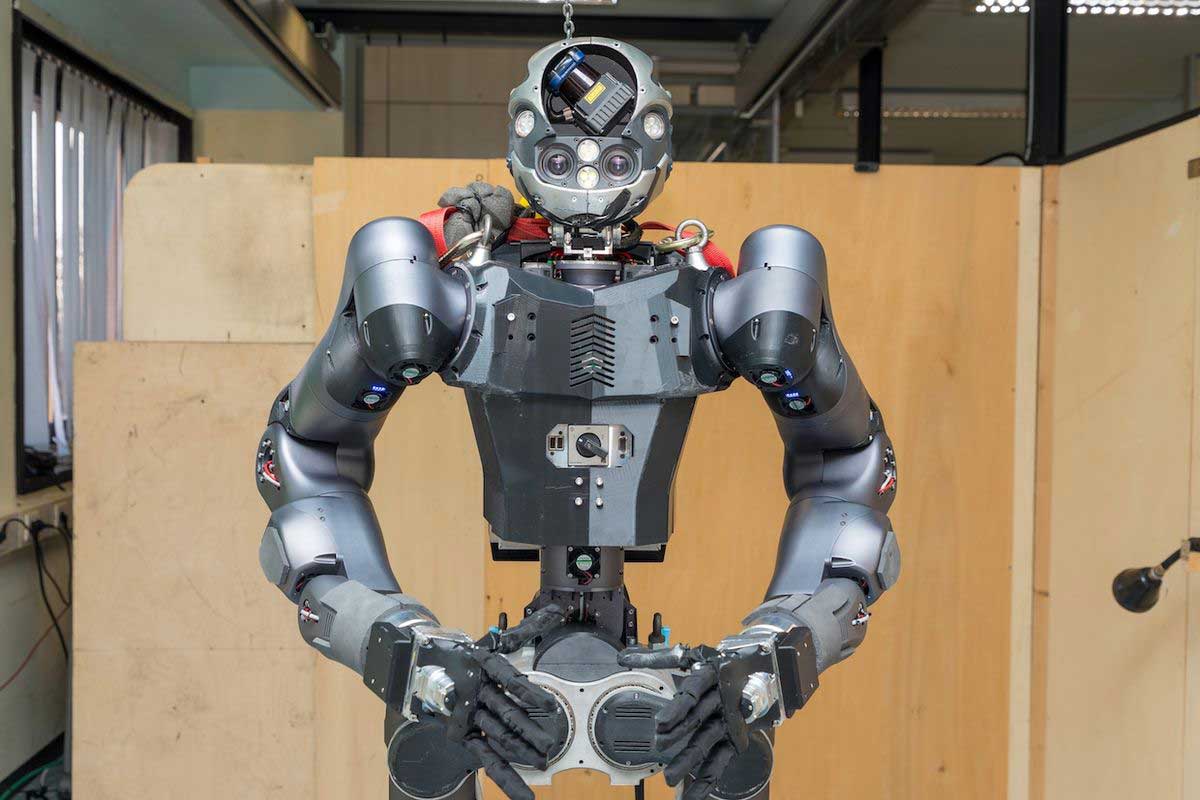The landscape of robotics is rapidly evolving, and humanoid robots represent a particularly intriguing frontier. Among the latest entrants is the Kepler Forerunner, unveiled at CES 2024 by China’s Kepler Exploration Robot Company. This advanced machine promises to be a game-changer, boasting sophisticated capabilities and diverse potential applications.
Standing at 5’10” and weighing 187 lbs, the Forerunner possesses an impressive 40 degrees of freedom, granting it agility and dexterity comparable to a human. Its hands, featuring 12 degrees of freedom each, enable intricate manipulations, while powerful planetary roller screw actuators provide strength and speed. This combination allows the robot to navigate complex environments, avoid obstacles, and interact with its surroundings in a fluid and purposeful manner.
Powering these capabilities is Kepler’s proprietary Nebula AI system, responsible for processing sensory data and making real-time decisions. Advanced computer vision and environment perception allow the Forerunner to map its surroundings, identify objects, and react dynamically. Additionally, the robot boasts communication abilities, utilizing a synthetic voice and stereophonic speakers for natural interaction.
The Forerunner isn’t just a technological marvel; it’s designed with practicality in mind. Kepler plans to enter mass production later in 2024, offering three distinct models (K1, S1, and D1) catering to specific industrial and logistics needs. Potential applications range from assembly line work and warehouse automation to hazardous environment exploration and scientific research. This versatility positions the Forerunner as a valuable tool for businesses seeking to enhance efficiency, precision, and safety in diverse contexts.
However, the Forerunner’s impact extends beyond individual tasks. Its success represents a significant leap forward in humanoid robotics, pushing the boundaries of what previously seemed achievable. The robot’s advanced capabilities challenge our perceptions of automation and its potential role in society. While ethical considerations and potential job displacement concerns warrant discussion, the Forerunner also inspires optimism about increased productivity, human-robot collaboration, and even space exploration, as envisioned by Kepler.
The Kepler Forerunner is more than just a robot; it’s a harbinger of the future. Its debut marks a crucial step in the evolution of humanoid robotics, promising significant implications for industry, science, and society as a whole. As the technology continues to evolve, the Forerunner serves as a reminder of the incredible potential that lies at the intersection of human ingenuity and robotic innovation.





Leave A Comment